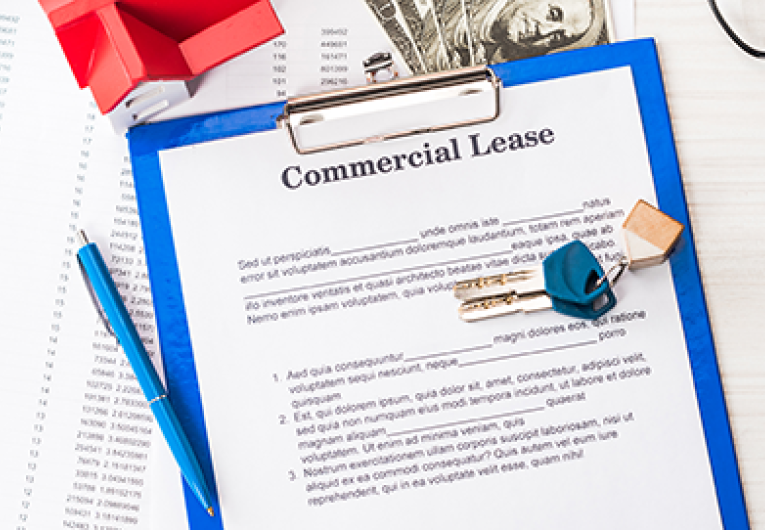
Essential Strategies for Promoting Workplace Safety Across Industries
Safety is a key priority for any business, not only to protect employees but also to avoid disruptions and maintain productivity. While risks vary by industry, a strong foundation of universal safety practices can greatly reduce accidents.
Here, we explore essential safety practices that apply across all workplaces, then look at some specific tips for light manufacturing, retail, and the foodservice industries.
Universal Safety Practices for All Industries
Foster a Culture of Accountability
Make safety a shared responsibility at all levels, encouraging employees to report hazards without fear of retribution. This empowers everyone to play a part in accident prevention and creates a proactive safety culture.
Provide Regular and Relevant Training
Safety training should go beyond onboarding and include regular refresher sessions and hands-on training for specific tasks. Creating an Accident Prevention Policy and updating employees on new protocols helps reinforce safe practices and keep awareness high.
Clear Communication and Visual Cues
Visual cues such as "Wet Floor" pylons and highlighted emergency exits help reinforce safety awareness and remind employees of potential hazards in their surroundings.
Conduct Routine Safety Audits and Inspections
Regular audits identify hazards early and demonstrate a commitment to employee safety. Involving employees in audits can also bring fresh perspectives on potential risks.
Encourage Use of Personal Protective Equipment (PPE)
PPE is essential for many tasks, but its effectiveness relies on proper usage. Providing adequate PPE and training employees on how to use it ensures better protection from hazards.
Promote Ergonomic Workstations and Breaks
Repetitive strain injuries can be reduced by designing ergonomic workstations and encouraging breaks to rest or stretch. This not only prevents injuries but also boosts productivity by improving employee comfort.
With these safety foundations established, here are some additional industry-specific practices you can refer to:
Light Manufacturing
Light manufacturing environments often involve machinery, repetitive tasks, and heavy lifting, with common risks including equipment injuries, falls, and musculoskeletal strain.
Preventing Slips and Trips: Keeping work areas free from clutter and spills, along with defining clear pathways, minimizes the risk of slips and falls. Non-slip mats in high-traffic areas add further protection.
Ergonomic Support: Repetitive motion and poor posture are common issues in manufacturing. Providing ergonomic tools, adjustable workstations, and rotating tasks can reduce strain on employees and prevent long-term injuries.
Machine Safety Protocols: Training employees to use machinery safely and requiring protective guards can significantly reduce crush injuries and cuts. Implement lockout/tagout (LOTO) procedures during maintenance and repairs to prevent accidental activation.
Retail
Retail workplaces present unique safety challenges due to customer interaction, frequent stock handling, and the fast pace of operations. Common risks include slips, overexertion, and cuts.
Housekeeping Standards: Cluttered aisles and wet floors, especially during busy hours, are common causes of slips. Implementing a "clean-as-you-go" policy and assigning team members to monitor high-traffic areas can help keep spaces clear.
Safe Stocking and Lifting: Employees in retail often lift and move heavy items. Training on proper lifting techniques and encouraging the use of carts or dollies for heavy loads can prevent strains and sprains.
Tool Safety: Employees handling box cutters and other sharp tools should have access to retractable safety cutters and receive proper training on their usage. Well-maintained tools help prevent cuts and boost efficiency.
Foodservice
Foodservice involves unique hazards, including burns, slippery floors, and cuts from knives. In the fast-paced kitchen environment, these accidents are common without proper precautions.
Burn Prevention: Kitchens are full of hot surfaces and open flames. Provide heat-resistant gloves, aprons, and designated areas for handling hot items to help prevent burns. Clearly mark hot zones to raise awareness and minimize accidental contact.
Non-Slip Flooring and Routine Cleaning: Greasy or wet floors are leading causes of slips in foodservice. Non-slip mats in key areas, such as near stoves and sinks, along with frequent cleaning during shifts, can greatly reduce slip risks.
Knife Safety Training: Sharp knives are essential in food preparation but also dangerous. Training on proper knife handling, including using sharp (not dull) knives, improves safety. Dull knives require more force and increase the likelihood of cuts and injuries.
Bringing It All Together
Investing in safety not only protects employees but also reduces costs, boosts morale, and enhances productivity. This commitment not only helps prevent accidents but also builds a culture that prioritizes safety, productivity, and well-being.
The trends, insights, and solutions you need to grow your business.
By signing up, you’re subscribing to our monthly email newsletter, The
Wire. You may unsubscribe at any time.
Your information stays safe with us. Learn more about our privacy
policy.











![[#MSP_NAME#] Logo](/themes/sparklight_business/images/transition-logos/migration-banner-logo-[#MSP_CD#].png)
